The New York Times vs. OpenAI and Microsoft: A Landmark Copyright Infringement Case
In an unprecedented move that shakes the foundation of copyright and AI relations, The New York Times has filed a lawsuit against OpenAI and Microsoft. This case is significant as it could redefine the boundaries of copyright law in the age of artificial intelligence.
The Crux of the Controversy
The New York Times alleges that OpenAI and Microsoft have infringed upon its copyrights by using its articles to train their AI chatbots, including ChatGPT and BingChat. The crux of the issue lies in the AI tools generating responses that include verbatim excerpts from Times' articles, circumventing the need for readers to access the original sources and potentially impacting the financial viability of news publishers.
The Significance of the Case
This lawsuit stands as a potential landmark case in copyright law, addressing the delicate balance between advancing AI technology and respecting intellectual property rights. It highlights the tension between the need for AI to learn from diverse sources and the rights of content creators.
The Evidence and Legal Arguments
The New York Times' complaint highlights instances where AI products from OpenAI and Microsoft reproduced substantial portions of its articles. This goes beyond typical search result snippets, potentially qualifying as copyright infringement. The lawsuit focuses on the exact reproduction of content, which is a stronger claim than merely alleging that the AI's output is an infringing work in itself.
Challenges in Proving Infringement
The case is complicated by the nature of AI and how it's trained. Previous cases indicate the need to demonstrate substantial similarity between AI outputs and the original copyrighted materials. However, the opacity of AI training datasets adds a layer of complexity to proving such claims.
The Broader Implications
This case could set a precedent for how AI companies use copyrighted material. It underscores the increasing importance of high-quality, trusted sources for AI training in an era where AI responses are more common.
The Times' Unique Position
The lawsuit emphasizes that The New York Times is a significant source of proprietary data used to train AI systems, more so than other publishers. This unique position could strengthen their case and set a benchmark for future legal challenges in the field.
The Suit’s Specific Claims
The complaint includes claims for copyright infringement, contributory copyright infringement, trademark dilution, unfair competition, and a violation of the Digital Millennium Copyright Act. A unique aspect of the lawsuit is the allegation of "hallucinations" or false attributions to The Times by the AI, adding another dimension to the case.
Conclusion: A Landmark Moment for AI and Copyright Law
As this legal battle unfolds, it will undoubtedly shape the landscape of AI development and the protection of intellectual property. The outcome may not only influence the practices of AI companies but also the future of news publishing in the digital age. Stay tuned as we follow this groundbreaking case.
